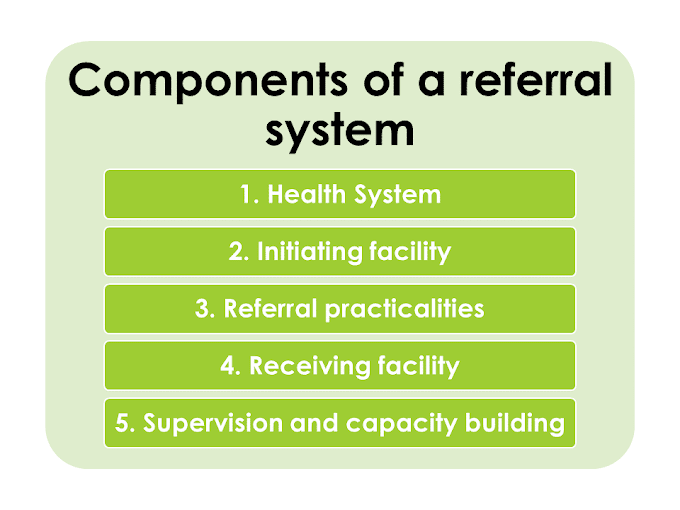Five-Year Plans (FYPs) are centralized and integrated national economic programs. Joseph Stalin implemented the first Five-Year Plan in the Soviet Union in the late 1920s. Most communist states and several capitalist countries subsequently have adopted them. China and India both continue to use Five-Year Plans.
After independence, India launched its First Five-Year Plan in 1951, under socialist influence of the first Prime Minister Jawaharlal Nehru. The process began with setting up of Planning Commission in March 1950 in pursuance of declared objectives of the Government to promote a rapid rise in the standard of living of the people by efficient exploitation of the resources of the country, increasing production and offering opportunities to all for employment in the service of the community.
The five year plans were conceived to re-build rural India, to lay the foundations of industrial progress and to ensure the balanced development of all parts of the country. Recognizing 'health' as an important contributory factor in the utilization of manpower and the uplifting of the economic condition of the country, the Planning Commission gave considerable importance to health programmes in the five year plans.
The broad objectives of the health programmes during the five year plans have been:
- Control or eradication of major communicable disease.
- Strengthening of the basic health services through the establishment of primary health centres and subcentres.
- Population control.
- Development of health manpower resources.
Outline of Various Five Year Plans:
Twelfth Five Year Plan (2012-2017)
The health of a nation is an essential component of development, vital to the nation's economic growth and internal stability. Assuring a minimal level of health care to the population is a critical constitutent of the development process.
Since independence, India has built up a vast health infrastructure and health personnel at primary, secondary and tertiary care in public, voluntary, and private sectors. For producing skilled human resources, a number of medical and paramedical institutions including Ayurveda, Yoga, and Naturopathy, Unani, Siddha and Homeopathy (AYUSH) institutions have been set up.
The 12th Plan seeks to strengthen initiative taken in the 11th Plan to expand the reach of health care and work towards the long-term objective of establishing a system of Universal Health Coverage in the country. This means that each individual would have assured access to a defined essential range of medicines and treatment at an affordable price, which should be entirely free for a large percentage of the population.
The High Level Expert Group has defined the Universal Health Coverage as "Ensuring equitable access for all Indian citizens in any part of the country, regardless of income level, social status, gender, caste or religion, to affordable, accountable and appropriate, assured quality health services (preventive, promotive, curative and rehabilitative) as well as services addressing wider determinants of health delivered to individuals and populations, with the government being the guarantor and enabler, although not necessarily the only provider of health and related services."
This definition affirms that the system must be available for all who want it, though some, typically the upper income groups, may opt out.
List of preventive and public health interventions funded and provided by government in Twelfth Five Year Plan:
Outcome Indicators for Twelfth Five Year Plan:
The Twelfth Five Year Plan will work towards national health outcome goals with following target health indicators:
- Reduction of Infant Mortality Rate (IMR) of 25 by 2017.
- Reduction of Maternal Mortality Ratio (MMR) of 100 by 2017.
- Reduction of Total Fertility Rate (TFR) of 2.1by 2017.
- Prevention, and reduction of under-nutrition in children under 3 years to half of NFHS-3 (2005-06) levels.
- Prevention and reduction of anemia among women aged 15-19 years to 28 per cent.
- Raising child sex ratio in the 0-6 years age group from 914 to 950.
- Prevention and reduction of burden of communicable and non-communicable diseases and injuries.
- Reduction of poor household's out-of-pocket expenditure.







0 Comments